Description
Name in North American Boletes: Boletus roseipes
Genus: Caloboletus
- Genus 2: Boletus
Species: roseipes
Common Name: Rosy Foot Bolete
Tells: Pale cap flesh tastes bitter & stains blue. Blue-staining stem is clean yellow at the top. Yellow pores age brownish & stain blue.
Other Information: Brown cap fades to grayish tan & may crack w/age. Yellow stem often has reddish netting, & both darkens & takes on red tints going down from the yellow band on top. An eastern equivalent to Calob. rubripes.
Science Notes: DNA testing moved this mushroom from Boletus to a newly erected genus called “Caloboletus”.
Edibility: Avoid. Too bitter to eat.
CHEMICAL TESTS:
- NH4OH (Ammonia): Cap skin and flesh both turn olive-green (skin darker). Pores stain rusty orange.
- KOH: Cap skin turns dark rusty-orange. Cap flesh does not react. Pores stain rusty orange.
- FeSO4 (Iron Salts): Cap skin turns rusty orange. Cap flesh does not react. Pores stain rusty orange.
Links:
 |
0 |  |
0 |  |
149 |  |
192 |

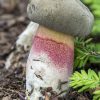
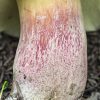
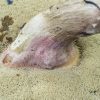
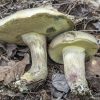
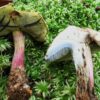
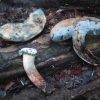
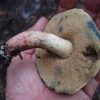
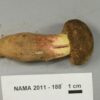

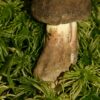
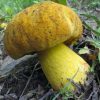

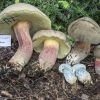
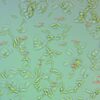
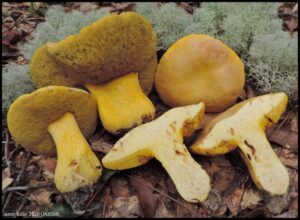
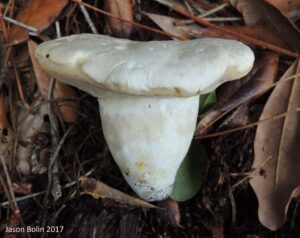
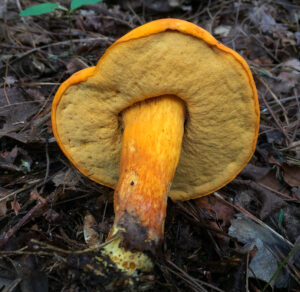
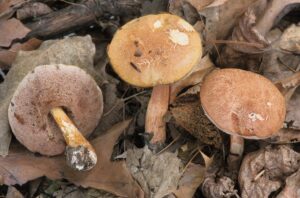
Got something to discuss?